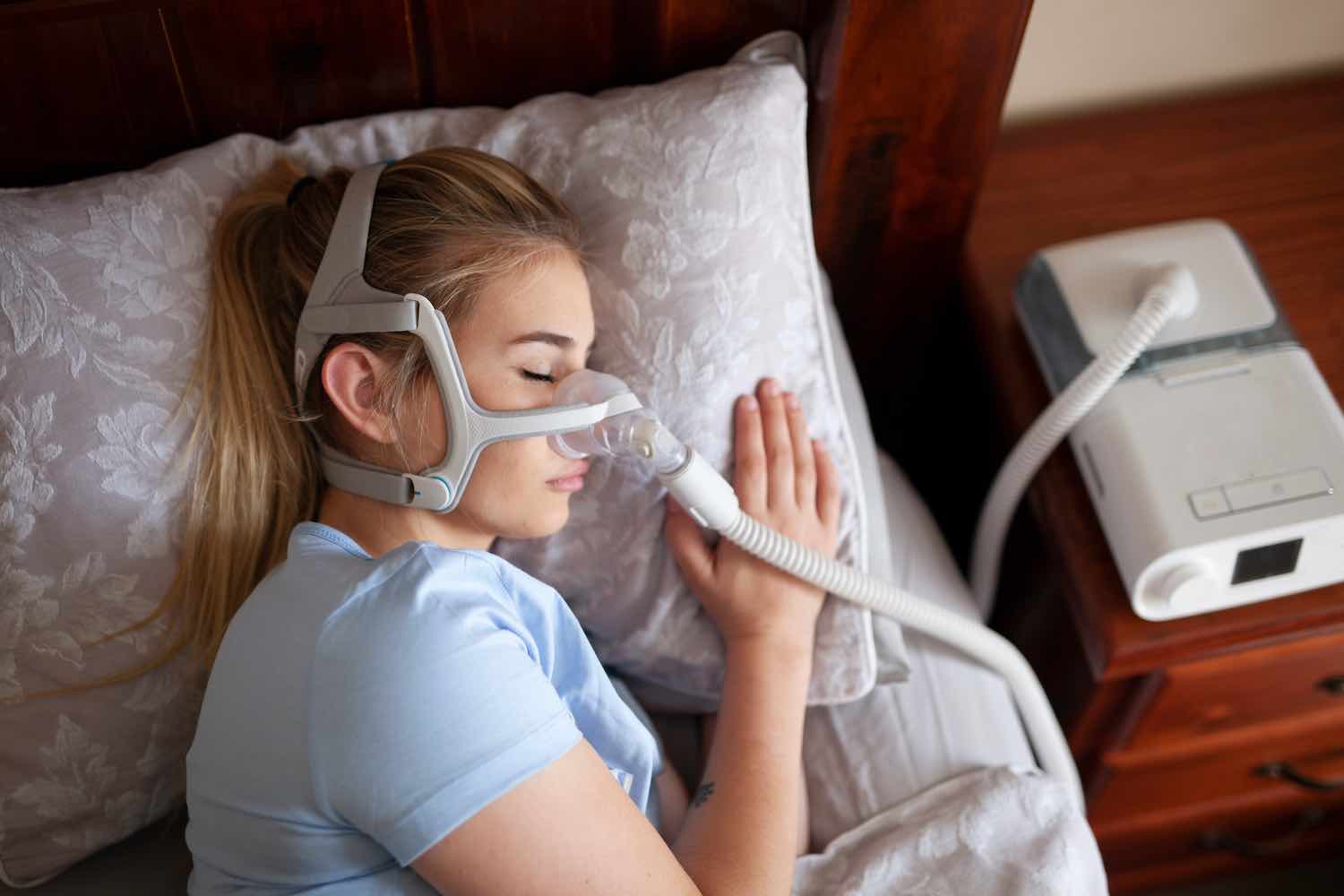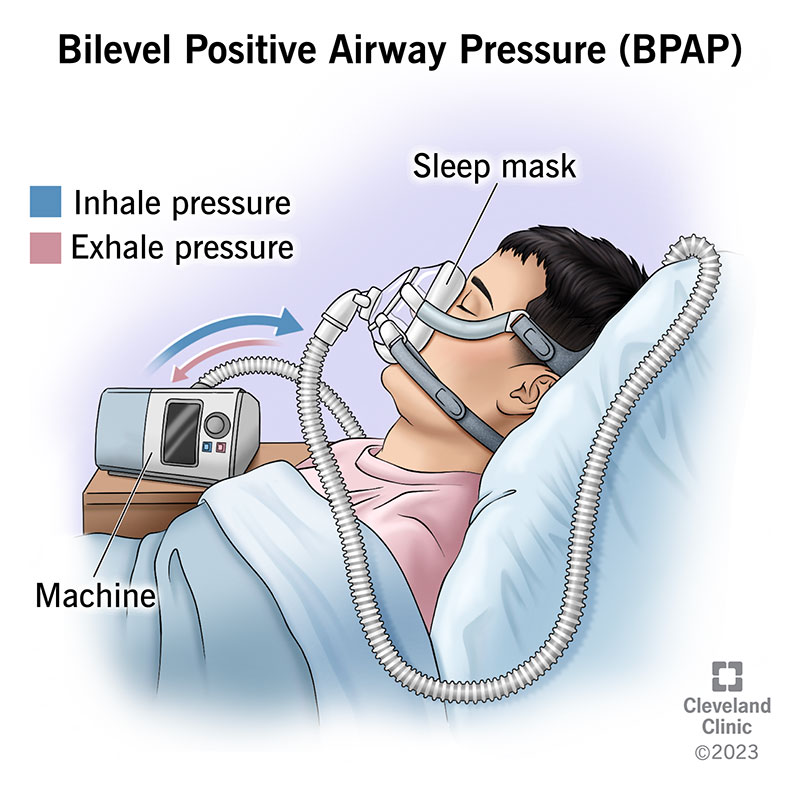BiPAP Rental Solutions for Short-Term Medical Demands
BiPAP Rental Solutions for Short-Term Medical Demands
Blog Article
Bipap vs. CPAP: Which Is the most effective for Your Rest Disorder?
When navigating the complexities of sleep conditions, the choice in between BiPAP and CPAP treatment is a crucial consideration. Each method uses unique advantages customized to certain conditions, yet the choice pivots on private patient demands and convenience degrees. While CPAP supplies a consistent airflow suitable for obstructive rest apnea, BiPAP's twin pressure settings may enhance comfort for those with even more elaborate respiratory problems. Comprehending these distinctions can significantly influence therapy effectiveness, leaving one to ponder which alternative genuinely lines up with their health needs and way of life.
Understanding Rest Disorders
Sleep problems include a series of conditions that interfere with normal rest patterns, influencing both the quality and period of rest. These disorders can manifest in various kinds, including sleep problems, sleep apnea, narcolepsy, uneasy leg disorder, and parasomnias. Each problem presents distinct challenges, typically bring about considerable daytime fatigue, cognitive impairment, and emotional disruptions.
Insomnia is defined by trouble falling or staying asleep, while rest apnea involves duplicated disruptions in breathing throughout sleep, often bring about fragmented rest. Narcolepsy, on the various other hand, is noted by too much daytime sleepiness and sudden rest assaults. Agitated leg syndrome causes uncomfortable sensations in the legs, triggering an irrepressible urge to relocate them, which can also impede the capability to go to sleep.
The influence of sleep problems expands past specific health, influencing overall performance, relationships, and high quality of life. Recognizing the specific nature of each disorder is important for efficient medical diagnosis and therapy. As sleep wellness becomes significantly acknowledged as an important part of general wellness, resolving these disorders is vital for improving both sleep quality and everyday functioning.
Exactly How CPAP Functions
Continual Positive Air Passage Pressure (CPAP) therapy is frequently used as a primary therapy for obstructive rest apnea (OSA) The system of CPAP entails using a machine that provides a stable stream of air via a mask worn during rest. This airflow preserves positive pressure in the respiratory tract, avoiding the collapse or blockage of the throat that can happen throughout rest.
When an individual takes in, the CPAP machine gives a continual circulation of air, guaranteeing that the airway continues to be open - BiPAP Rental. This not only minimizes the signs of OSA, such as snoring and disrupted rest patterns, but additionally minimizes the associated health dangers, consisting of cardiovascular problems and daytime fatigue
The stress setups on a CPAP device can be tailored to meet specific person requirements, usually figured out via a rest study. Generally, CPAP treatment has been shown to considerably improve the high quality of rest and general health and wellness for people enduring from obstructive rest apnea.
Just How BiPAP Functions
BiPAP, or Bilevel Positive Respiratory Tract Pressure, is a specific kind of non-invasive air flow that is especially beneficial for clients with conditions such as complicated rest apnea or respiratory system problems. Unlike CPAP, which delivers a continual stream of air at a single stress, BiPAP supplies two distinct pressure settings: a higher inspiratory pressure for inhalation and a reduced expiratory stress for exhalation. This dual-pressure strategy permits for less complicated breathing, minimizing the effort required during exhalation.
The gadget operates with a mask fitted over the nose or mouth, attached to a maker that generates air pressure. When the person inhales, the equipment provides the higher pressure to assist with airflow, ensuring that the air passage remains open. Upon exhalation, the equipment automatically lowers the pressure, making it extra comfortable for the client to breathe out.

Secret Distinctions Between BiPAP and CPAP

On the other hand, BiPAP (Bilevel Favorable Air passage Stress) supplies 2 various pressure settings: one for breathing and a reduced one for exhalation. This double pressure system enables even more comfy breathing, especially for people that deal with exhaling versus a constant pressure. BiPAP is typically suggested for individuals with complicated rest apnea, persistent obstructive lung illness (COPD), or those that need additional assistance during rest.
In addition, the complexity of BiPAP gadgets usually leads to a greater price and calls for much more careful titration than CPAP. BiPAP Rental. Understanding these essential differences can assist in acknowledging which device might be preferable for certain rest problems, setting the groundwork for informed therapy decisions
Choosing the Right Therapy
Exactly how he has a good point can one establish one of the most appropriate therapy for handling rest problems? The decision between BiPAP and CPAP treatment primarily pivots on the details attributes of the sleep disorder, the client's overall wellness, and their comfort with the device. CPAP, which delivers a continual stream of air, is typically suggested for obstructive sleep apnea (OSA) It maintains an open respiratory tract during rest, successfully stopping hypopneas and apneas.
Alternatively, BiPAP provides 2 degrees of stress: one for breathing and a lower one for exhalation. This twin pressure system is valuable for individuals with intricate rest apnea or those who experience trouble breathing out versus a constant stress. Furthermore, BiPAP is usually advised for individuals with respiratory system problems, such as persistent obstructive pulmonary condition (COPD), where varying stress setups can improve comfort and conformity.
Eventually, a thorough evaluation by a rest professional, including a rest study, can assist establish which therapy aligns ideal with the client's demands. Factors such as comfort, convenience of usage, and particular medical conditions should likewise be taken into consideration to enhance treatment end results.
Final Thought
In recap, both BiPAP and CPAP serve unique purposes in the management of rest disorders. CPAP is effective for obstructive sleep apnea through consistent air flow, while BiPAP supplies dual pressure setups that boost convenience for those with complicated sleep apnea or respiratory system problems. The selection between these treatments need to be guided by specific demands and conditions, necessitating a thorough assessment by a sleep professional to ensure ideal therapy end results and boosted high quality of sleep.

Overall, CPAP treatment has actually been revealed to Resources dramatically boost the quality of rest and total health and wellness for individuals suffering from obstructive sleep apnea.
BiPAP is commonly recommended for clients with intricate sleep apnea, chronic obstructive lung illness (COPD), or those that require additional support throughout sleep.
CPAP is efficient for obstructive rest apnea through constant airflow, while BiPAP supplies dual stress settings that improve comfort for those with complex sleep apnea or respiratory system problems.
Report this page